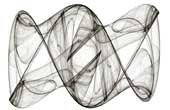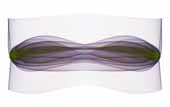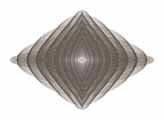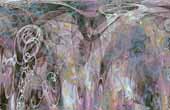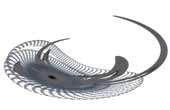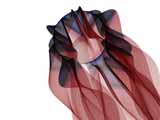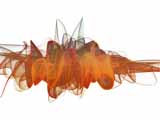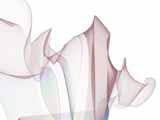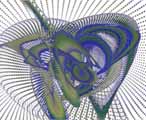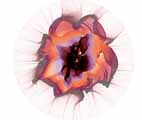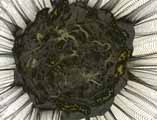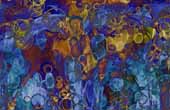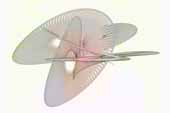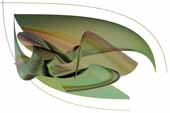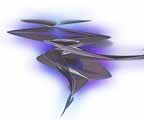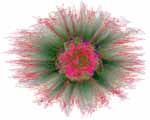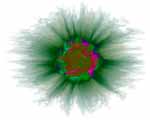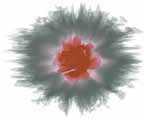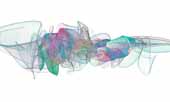The Beauty of Algorithmic Art Book Project
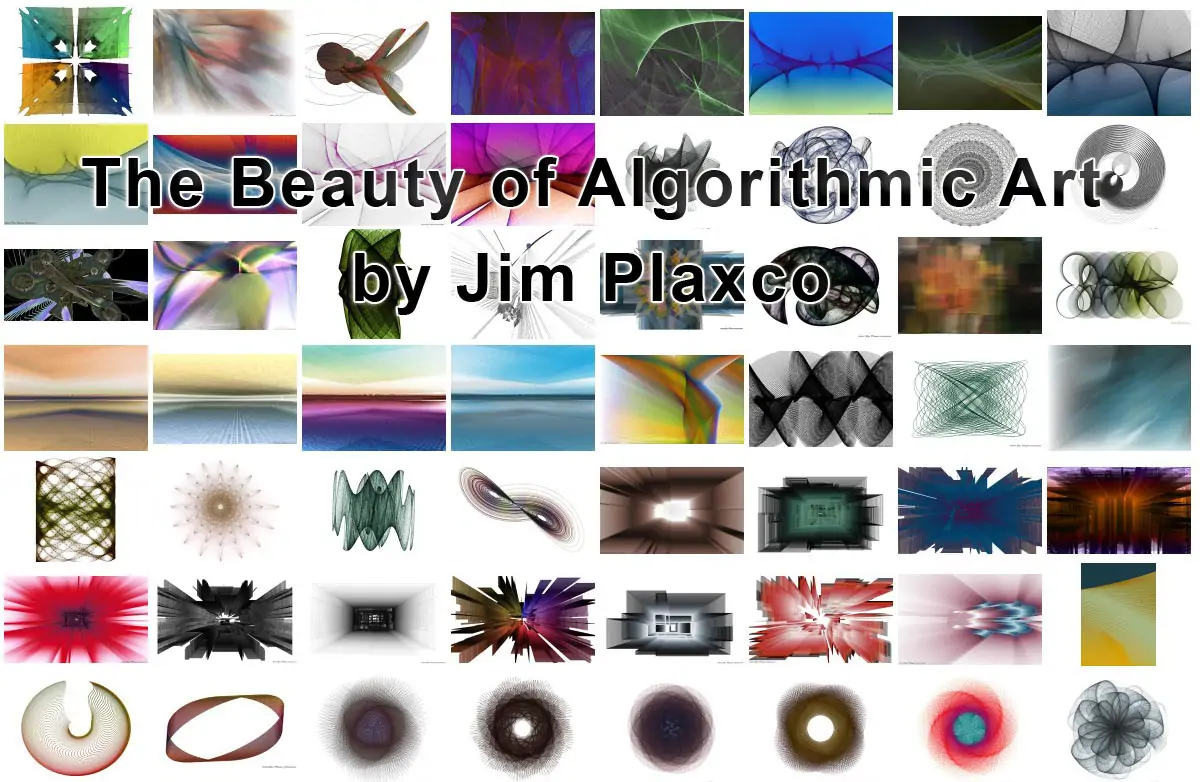 Some examples of algorithmic art that may be featured in the book
Some examples of algorithmic art that may be featured in the book The Beauty of Algorithmic Art
The first book project I undertook was The Beauty of Algorithmic Art. This was a number of years ago - 2015 to be precise. Embarrasing I know but that's the truth of it. Unfortunately I have always given this book project a low priority and when something new came along, that's where I devoted my time. I have not had a sense of urgency about this project and it has always been on the proverbial back-burner. I hope to change that in the coming years as I would love to share my love of algorithmic art.
This was to have been my first book. Consequently I took a fair amount of time researching book design and the various publishing options. One challenge was that of deciding how to publish the book - specifically whether to self-publish or to pursue a traditional publishing route. After some research and a weighing of the alternatives, I decided to go the self-publishing route. This led to a second challenge: identifying what print-on-demand (POD) publishing company to use. As background research dragged on, other priorities took over. However, that research left me with a good foundation from which to launch other book projects.
The Beauty of Algorithmic Art Preliminary Table of Contents
Following is a tentative table of contents for the book along with a short summary of the nature of that chapter's content.
- An Introduction to Algorithmic Art provides a general overview of the history of algorithmic art.
- Algorithmic Thinking and Creative Coding addresses the thought processes involved with the development of software that creates algorithmic art.
- A Gallery of Traditional Algorithmic Art is a collection of algorithmic artworks I have produced that adhere to the aesthetics of what has traditionally been categorized as algorithmic art.
- Elaborated Ellipses is a look at artwork created uses a family of algorithmic art programs I created that focus on the use of ellipses to create art.
- Arc World Algorithmics is another series of artworks created from a common core algorithm.
- Infinite Plains looks at a series of artworks whose algorithm is planar in nature.
- Prairie School Algorithmics discusses a series of artworks made using an algorithm I developed that was inspired by the Prairie School style of architecture.
- NextGen Algorithmics discusses the previously addressed algorithmic approaches to the creation of algorithmic art and how those processes can be expanded upon.
- Exotica Algorithmics a catch-all chapter that discusses artwork created by a variety of independently developed algorithms.
- References provides a list of reference books, articles, and websites that served as sources of knowledge and inspiration for the art and the book.
Examples of Algorithmic Art Illustrations That May Be Included in the Book
The following examples of algorithmic art were created using algorithms and programs of my own design. Click on either the artwork image or the artwork title to be taken to that artwork's gallery page.
“I write computer algorithms, i.e. rules that calculate and then generate a work that could not be realized in any other way. It is not necessarily the system or the logic I want to present in my work, but the visual invention that results from it. My artistic goal is reached when a finished work can visually dissociate itself from its logical content and convincingly stand as an independent abstract entity. ”
Manfred Mohr, Art of the Digital Age
“Algorism will be art with or from algorithms. Algorism is not new, and has been in fact quite universal at all phases of mankind history. So far computers have had much less effect on Algorism, Art and the ornamentation of our surroundings than the woodblock or the stencil, the rule or the compass”
Ken Musgrave (RIP Ken)
“The heart of algorithmic art is the human imagination using algorithmic manipulations of mathematical equations to create aesthetically pleasing visualizations.”
Jim Plaxco, Algorist
